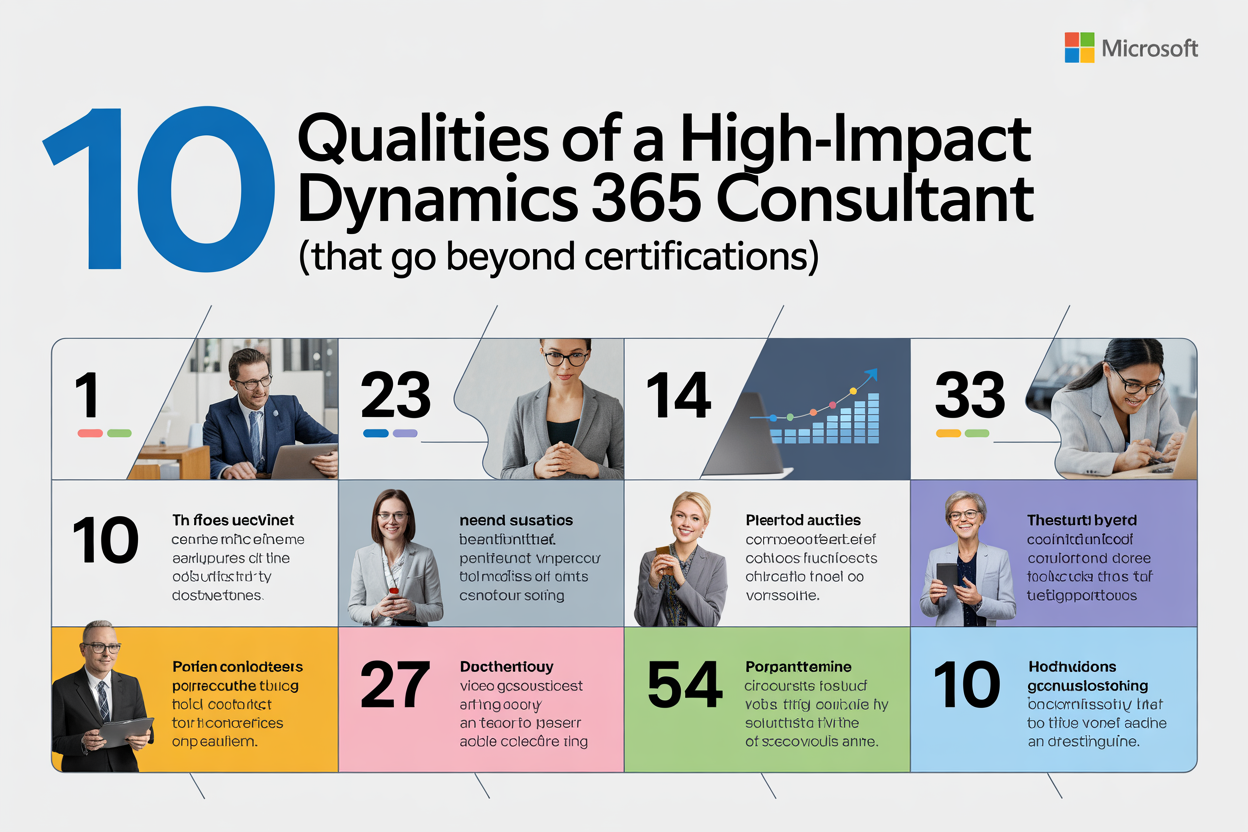As someone who has spent years advocating for educational equity, I’ve witnessed firsthand the challenges faced by rural communities in the United Kingdom. The education gap between urban and rural areas has long been a persistent issue, with students in remote regions often lacking access to the same quality of resources and opportunities as their urban counterparts.
This disparity has far-reaching consequences, limiting the potential of young people and hindering the overall development of rural communities. It’s a complex problem with no easy solutions, but I believe that technology holds the key to bridging this gap and creating a more equitable educational landscape for all.
The role of technology in bridging the education gap
Technology has the power to transcend geographical barriers and bring high-quality educational resources to even the most remote corners of the UK. By leveraging digital tools and platforms, we can overcome the limitations of physical distance and ensure that students in rural areas have access to the same educational opportunities as their urban peers.
“Technology in education is not just a tool; it’s a bridge to equitable learning. When implemented correctly, it can transform rural education, making it accessible to every child, regardless of their postcode,” says Tim Guo, Chief Marketing Officer, Clooms
From online learning platforms to virtual classrooms, the integration of technology in education has the potential to transform the lives of countless young people in rural communities. It’s a game-changer that can unlock new possibilities and open doors to a brighter future.
Online learning platforms for rural communities
One of the most promising ways that technology is bridging the education gap in rural UK communities is through the proliferation of online learning platforms. These digital tools provide students with access to a vast array of educational resources, from interactive lessons and video lectures to virtual labs and personalized learning experiences.
For example, platforms like Coursera, edX, and FutureLearn offer a wide range of online courses, many of which are free or low-cost, allowing students in rural areas to engage with high-quality educational content from the comfort of their own homes. These platforms also offer the flexibility to learn at their own pace, which is particularly beneficial for students who may have limited access to traditional educational institutions.
Benefits of technology in education for rural areas
The integration of technology in rural education has far-reaching benefits that extend beyond just academic achievement. By providing students with access to a wealth of educational resources and opportunities, technology can help to:
- Improve educational outcomes: Online learning platforms and digital tools can help to close the achievement gap between urban and rural students, ensuring that young people in remote areas have the same opportunities to succeed academically.
- Increase access to specialized courses: Technology can give students in rural communities access to a wider range of specialized courses and subjects, including those that may not be offered at their local schools due to resource constraints.
- Foster collaboration and connection: Digital tools and platforms can facilitate collaboration and communication between students and teachers, even across great distances, helping to build a sense of community and support.
- Develop essential digital skills: By incorporating technology into the educational experience, rural students can develop the digital literacy and technical skills that are increasingly essential in today’s job market.
- Inspire innovation and entrepreneurship: Access to technology can spark creativity and entrepreneurial thinking in rural students, empowering them to develop innovative solutions to the challenges faced by their communities.
Challenges and obstacles in implementing technology in rural schools
While the benefits of technology in rural education are clear, there are also significant challenges and obstacles that must be overcome. One of the primary hurdles is the issue of digital infrastructure and connectivity, with many rural areas still lacking access to high-speed internet and reliable broadband services.
Additionally, rural schools often face budget constraints and limited resources, making it difficult to invest in the necessary hardware, software, and professional development for teachers to effectively integrate technology into the classroom.
Another challenge is the resistance to change and the need for comprehensive training and support to help teachers and administrators adapt to new digital tools and teaching methods. Overcoming these obstacles requires a multi-faceted approach that involves collaboration between local communities, government agencies, and technology companies.
“The digital divide is real and profound, particularly in rural areas. While technology holds great promise, the lack of infrastructure and proper training remains a significant hurdle,” notes ~ Tornike Asatiani, CEO of Edumentors
Success stories of technology in rural education
Despite the challenges, there are numerous success stories of technology being used to bridge the education gap in rural UK communities. One such example is the Cumbria Rural Wheels project, which provides mobile internet-equipped vehicles to deliver digital learning resources and support to remote areas.
Another inspiring case is the Highlands and Islands Enterprise’s “Digital Schools” initiative, which has worked to improve broadband connectivity and provide digital devices and training to schools in the Scottish Highlands. These efforts have resulted in significant improvements in educational outcomes and opportunities for students in rural areas.
Government initiatives and funding for technology in rural education
Recognizing the importance of addressing the education gap, the UK government has implemented various initiatives and funding programs to support the integration of technology in rural schools. For instance, the Department for Education’s “EdTech Demonstrator Programme” provides training and support to help schools and teachers effectively use digital tools and platforms.
Additionally, the government’s “Rural Gigabit Connectivity Programme” aims to improve broadband infrastructure in remote areas, ensuring that rural communities have access to the high-speed internet necessary for effective digital learning.
These government-led efforts, combined with private-sector partnerships and community-based initiatives, are crucial in driving the transformation of rural education through the power of technology.
“Government initiatives like the EdTech Demonstrator Programme are crucial, but they need to be complemented by local efforts and private partnerships to be truly effective,” says Alex Taylor, Head of Marketing, CrownTV
Partnerships between technology companies and rural schools
Collaboration between technology companies and rural schools has also played a vital role in bridging the education gap. Leading tech firms, such as Microsoft, Google, and Apple, have developed tailored educational solutions and programs specifically designed to meet the needs of rural communities.
For example, Microsoft’s “Airband Initiative” works to expand broadband access in rural areas, while Google’s “Chromebooks for Education” program provides affordable and robust devices for students and teachers. These partnerships not only bring the necessary technology but also offer training, support, and resources to help rural schools effectively integrate digital tools into their curricula.
The future of technology in bridging the education gap in rural UK communities
As we look to the future, the potential for technology to continue bridging the education gap in rural UK communities is immense. With ongoing advancements in areas like artificial intelligence, virtual and augmented reality, and cloud-based learning platforms, the opportunities for transformative change are endless.
I envision a future where every student, regardless of their geographical location, has access to a world-class education. Where virtual classrooms and personalized learning experiences become the norm, and where technology empowers rural communities to unlock their full potential.
By embracing the power of technology and fostering collaborative partnerships, we can create a more equitable and inclusive educational landscape that benefits all students, regardless of where they live. It’s a future that I’m deeply committed to working towards, and I’m confident that with the right strategies and investments, we can make it a reality.
Sign up for our Daily newsletter
We'll be in your inbox every morning Monday-Saturday with all the day’s top business news, inspiring stories, best advice and reporting from Entrepreneur,


